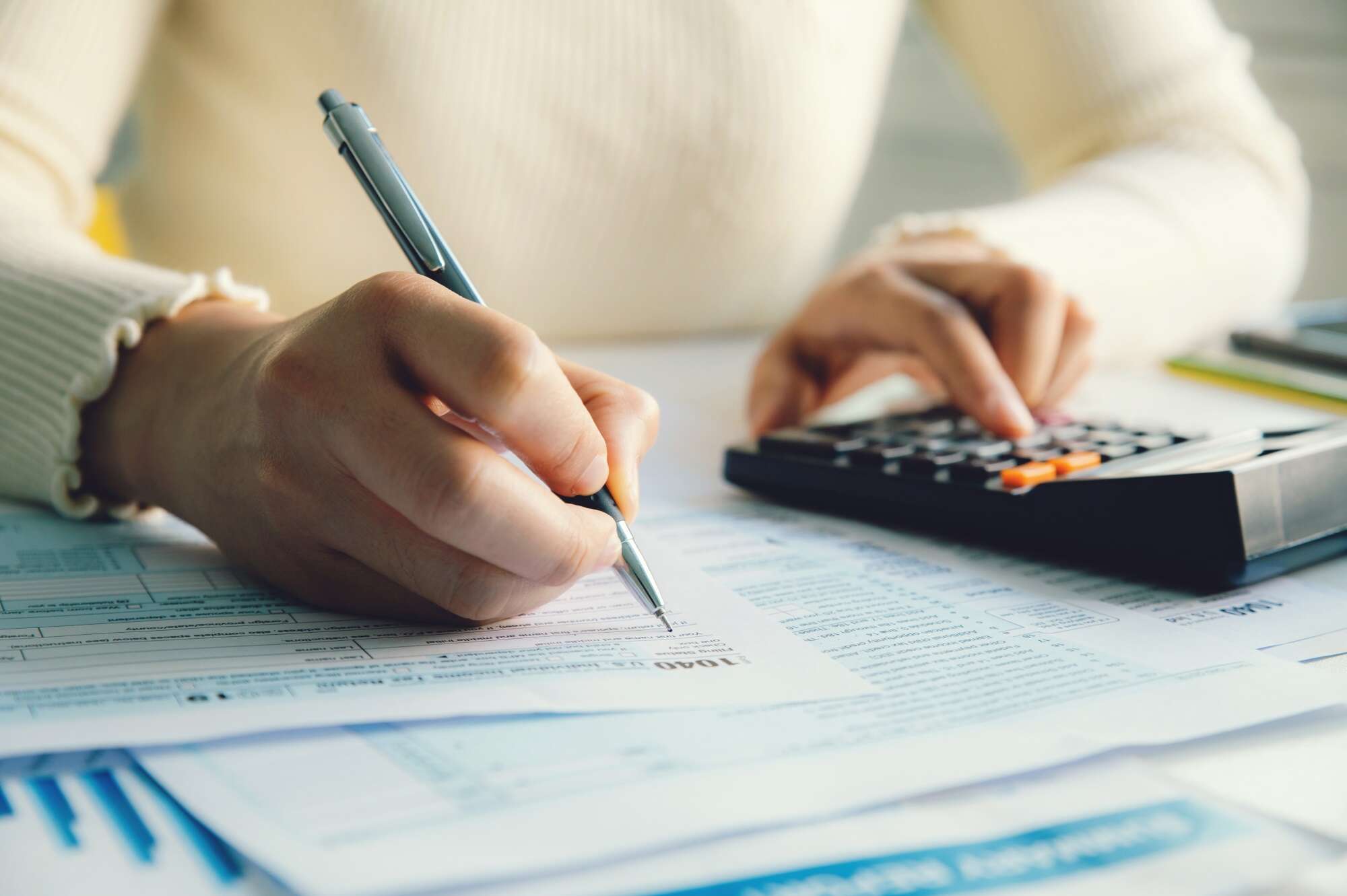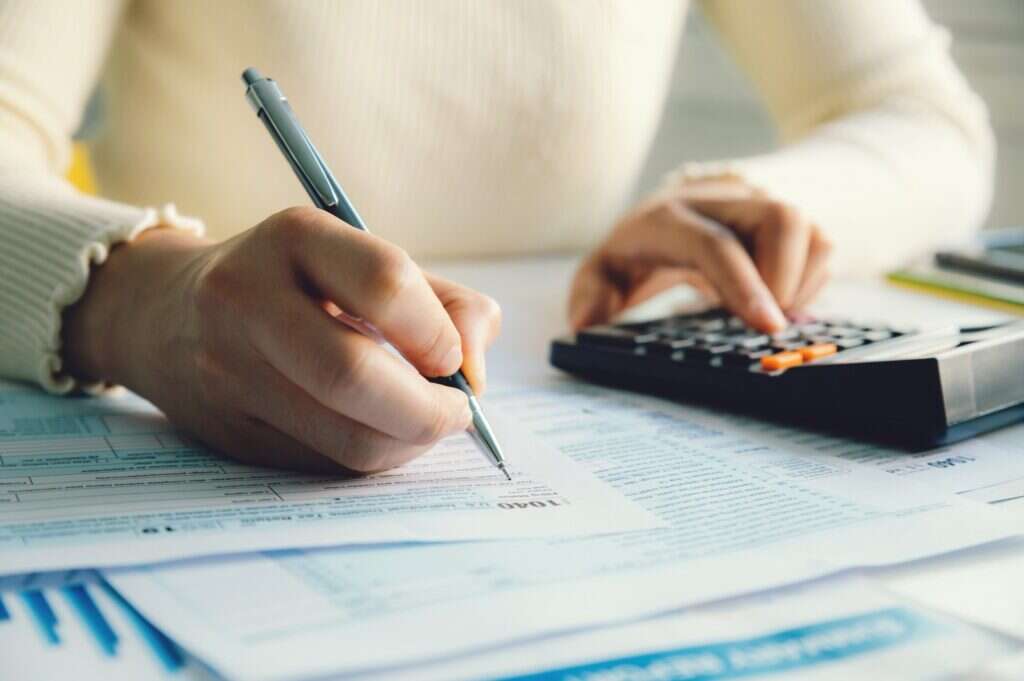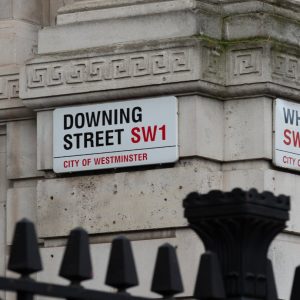
A new system designed to digitise and simplify the UK’s tax system is too expensive and complicated for purpose, a committee of MPs says.
The bill for the “Making Tax Digital” (MTD) scheme is set to hit £1.3bn, according to a report from parliament’s Public Accounts Committee (PAC), with HM Revenue and Customs (HMRC) already having spent £640m on the project. “Seven years and £640m into the Making Tax Digital programme, we are concerned [that] HMRC is also succeeding in making tax difficult,” said committee chairperson Dame Meg Hillier.

Originally launched in 2016, MTD was intended to end the need for companies and individuals to file paper self-assessment tax returns. The project would, HMRC hoped, also help to simplify the filing process and reduce the estimated £9bn lost annually to accidental errors made by taxpayers. In this, it has been partially successful, with HMRC crediting the “Making Tax Digital for VAT” scheme for boosting tax revenue by an estimated £400m among larger businesses – though it conceded in a separate statement to the PAC that delays to the self-assessment section of MTD would likely see it miss out on collecting up to £1.75bn in extra tax revenue.
These delays, which HMRC previously blamed on issues with legacy IT systems, raised both the cost and complexity of the overall MTD programme, said the report. While the “Making Tax Digital for VAT” portion of the programme for larger companies was delivered on time in 2019, smaller businesses had to wait until 2022 before they could be enrolled. Digitising the self-assessment process for income tax, meanwhile, has been running behind schedule for eight years. Last year the government announced that this subset of the MTD programme would be delivered by 2026, a deadline the PAC now finds unrealistic.
“Many questions remain about how [MTD] will work for self-assessment,” said the PAC, in a statement. “HMRC has yet to figure out how to make MTD work for important elements such as how the system will support taxpayers with multiple agents, and how it will work for people who share ownership of property.”
HMRC project management criticised
The PAC went on to deride what it characterised as fundamental shortfalls in HMRC’s planning for the project. “HMRC accepts that it has repeatedly underestimated the scale of the task to fully roll out the programme for VAT and Self Assessment, including misjudging how complex it is to move taxpayer records to a new system and fully test the design of the programme,” said the report. Its pilot test for the latter portion of the project, meanwhile, included “just 137 participants by 2023, falling far short of HMRC’s aim to pilot the programme with 15,500 people.”
The report went on to criticise HMRC for ignoring external advice and ploughing ahead with plans to ask self-assessment taxpayers to file returns using expensive third-party software on a quarterly basis. Repeated delays to the MTD programme were also deterring software providers from “developing quality products” for the project, inadvertently increasing the complexity of the filing process and potentially creating new cybersecurity risks for taxpayers.
The PAC urged HMRC to “urgently test that its existing plans are sufficiently detailed and rigorous to ensure the successful delivery of the remainder of the programme,” as well as resolve extant design issues and recentre the MTD programme around the needs of individual taxpayers, among other recommendations.
“When reporting on proposals for digitalising the tax system, our Committee should not have to be recommending that HMRC start with what taxpayers need,” said Hillier. “HMRC must now look up from what it is doing and research what services customers would actually find most helpful.”
Responding to the PAC’s report, a spokesperson from HMRC told The Telegraph that the additional tax revenue collected as a result of its rollout of MTD has offset the costs associated with delays to individual parts of the programme. As such, they added, the project “continues to provide a high return on investment in delivering this complex programme, building on the successful digitalisation of VAT.”






